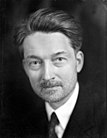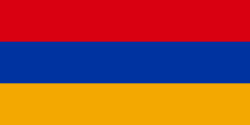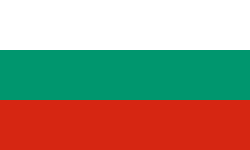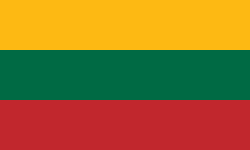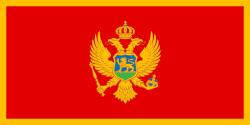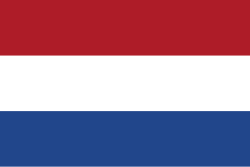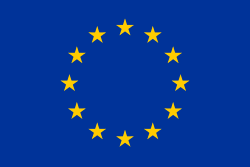Europeiska kristna politiska rörelsen
| Europeiskt parti Europeiska kristliga politiska rörelsen | |
 | |
| Förkortning | ECPM |
|---|---|
| Partiledare | Valeriu Ghilețchi |
| Grundat | november 2002 |
| Huvudkontor | Bergstraat 33, 3811 NG Amersfoort, Nederländerna |
| Politisk ideologi | Kristdemokrati Socialkonservatism |
| Politisk position | Höger |
| Politisk grupp i Europaparlamentet | ECR-gruppen (SGP, PNCR) EPP-gruppen (Familjepartiet) Patrioter för Europa (LPV) |
| Ungdomsförbund | Europeiska kristliga politiska ungdomsnätverket |
| Europaparlamentet | |
| Mandat | 4 / 705 |
| Europeiska rådet | |
| Mandat | 0 / 27 |
| Europeiska kommissionen | |
| Mandat | 0 / 27 |
| Webbplats | |
| www.ecpm.info | |
Europeiska kristliga politiska rörelsen (European Christian Political Movement, ECPM) är europeiskt politiskt parti. Partiet bildades i november 2002 och blev 2010 officiellt ett europeiskt parti. Partiet består av europeiska kristliga partier, ofta med en värde- och socialkonservativ framtoning.
Rörelsens plattform lades, i november 2002, fast av politiker från femton olika länder, vid konferensen "För ett kristet Europa" i Lakitelek, Ungern.
2004 startades ungdomsorganisationen Europeiska kristliga politiska ungdomsnätverket.
Partiet erkändes som ett officiellt europeiskt parti den 31 augusti 2017.[1]
Medlemmar
- Christian Peoples Unity of Armenia (CPUA)
- Balgarska Hristijanska Koalitsija (BHK)
- Eesti Kristlikud Demokraadid (EKD)
- Bündnis C – Christen für Deutschland
- Kristīgie Demokrātiskā Savienība (KDS)
- Narodna Stranka (NS)
- Kristliga Unionen (CU)
- Reformerta samhällspartiet (SGP)
- Partidul Naţional Ţărănesc Creştin şi Democrat (PNŢCD)
- Evangelische Volkspartei - Parti Evangelique Suisse (EVP - PEV)
Källor
Noter
| |||||||||||||||||||||||||||||
| |||||||||||
| EU-portalen – temasidan för Europeiska unionen på svenskspråkiga Wikipedia. |
Media som används på denna webbplats
Jacques Maritain, French philosopher and writer
(c) Bundesarchiv, B 145 Bild-F078072-0004 / Katherine Young / CC BY-SA 3.0 DE
27.4.1988 (Repro) Porträt von Bundeskanzler Dr. Konrad Adenauer vom 23.6.1952
Nur mit Aufschrift: Foto Katherine Young, New York, herausgeben!
Abgebildete Personen:
- Adenauer, Konrad Dr.: Bundeskanzler, CDU, Bundesrepublik Deutschland (GND 11850066X)
The Flag of Europe is the flag and emblem of the European Union (EU) and Council of Europe (CoE). It consists of a circle of 12 golden (yellow) stars on a blue background. It was created in 1955 by the CoE and adopted by the EU, then the European Communities, in the 1980s.
The CoE and EU are distinct in membership and nature. The CoE is a 47-member international organisation dealing with human rights and rule of law, while the EU is a quasi-federal union of 27 states focused on economic integration and political cooperation. Today, the flag is mostly associated with the latter.
It was the intention of the CoE that the flag should come to represent Europe as a whole, and since its adoption the membership of the CoE covers nearly the entire continent. This is why the EU adopted the same flag. The flag has been used to represent Europe in sporting events and as a pro-democracy banner outside the Union.Logo of the European Christian Political Movement
